The 10 Most Famous Artists in the World: A Trip Through the History of Art

In the world of art and drawing, exceptional painters have always shone with their ability to innovate and be unique. Among these painters, some left their prominent mark on the history of art through their innovations and artistic contributions.
We'll take a look at the 10 most famous artists and explore their artistic legacy and influence on the art world.
1- Pablo Picasso
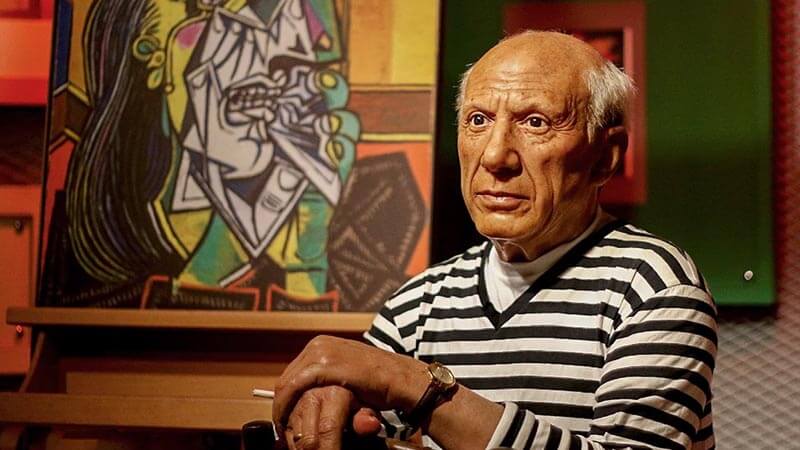
- Pablo Picasso was a Spanish painter and sculptor, born in 1881 and died in 1973.
- Picasso is considered one of the most prominent artists of the twentieth century and one of the pioneers of the modern art movement.
- He is famous for his innovative and diverse methods and his great influence on the development of fine art.
- He played a major role in the development of the Cuban and Fauvist movement in its beginnings and then was influenced by the period of Impressionism and Surrealism.
- Picasso introduced new and innovative methods in his drawings and paintings and had a great influence in abstracting forms and presenting them in new and innovative artistic methods.
- One of his most prominent achievements in the field of painting is his role in establishing the Cuban and Fauvist movements, and his introduction of new methods of abstraction and artistic expression.
- He depicted human figures and objects in geometric and abstract styles, making him considered one of the most prominent innovative artists in the history of art.
Pablo Picasso produced many famous paintings that greatly influenced the world of art. Among his most important paintings:
- Les Demoiselles d'Avignon: It is considered one of Picasso's most important paintings and one of the most prominent works of visual art in the twentieth century. This painting was distinguished by its new and innovative style of depicting human forms.
- Guernica: This painting is one of Picasso's most famous works. It is an expressionist painting that embodies the tragedy of the village of Guernica during the Spanish Civil War.
- The Weeping Woman: This painting is part of a series of paintings by Picasso on the theme of the “weeping woman,” and it embodies suffering and pain.
- Les Noces de Pierrette: This painting is one of Picasso's early works and shows the influence of African and Iberian art in his artistic style.
2- Leonardo da Vinci
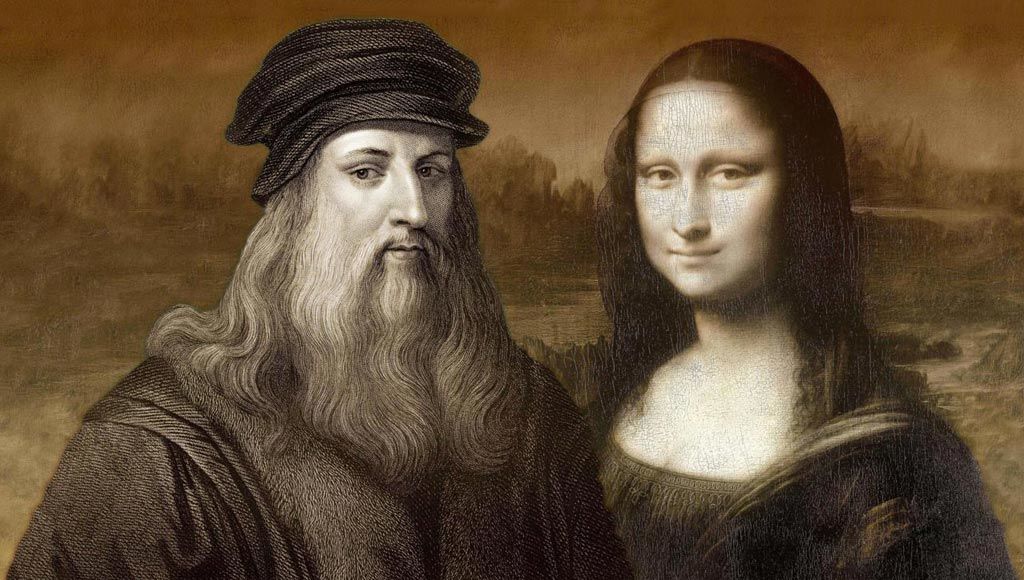
- Leonardo da Vinci was an Italian Renaissance scientist, painter, and engineer.
- He was born in 1452 and died in 1519.
- Da Vinci was a multi-talented personality, making contributions in multiple fields including painting, science, engineering, and philosophy.
In the field of drawing, Da Vinci's achievements were amazing, as he was distinguished by the accuracy of his drawings and their realistic details. Among his most important paintings:
- The Last Supper: It is one of Da Vinci's most famous paintings and depicts the Last Supper of Jesus Christ with his disciples.
- Mona Lisa: It is considered one of the most famous paintings in history and shows a woman named Lisa Gerkini smiling mysteriously.
- Vitruvian Man: Illustration of the Vitruvian Man, an ideal man representing the optimal proportions of the human body.
3- Michelangelo
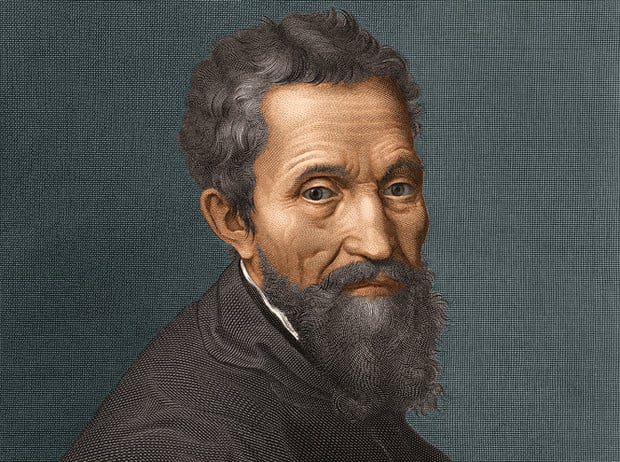
- Michelangelo (1475-1564) was an Italian painter and sculptor, and one of the most prominent artists of the Renaissance.
- He had a great influence on the development of fine arts in Europe.
- One of his most important achievements in the field of painting is the painting The Fall of Adam and Eve and the ceiling painting in the Vatican Church in Rome.
- He is also famous for his sculptural works such as the Statue of David and the Statue of Moses.
Among his most important paintings:
- The Fall of Man: It is considered part of the ceiling of the Vatican Basilica in Rome and is considered one of his most famous works.
- The Last Judgment: It is considered one of his most important works and depicts Jesus Christ on the cross.
- The Creation of Adam: The painting depicts the scene of Adam’s creation by God and is part of the ceiling of the Vatican Church.
4- Claude Monet

- Claude Monet (1840-1926) was a famous French painter and one of the pioneers of Impressionism and had a major influence on the development of contemporary art.
- One of his most important achievements in the field of painting is his innovative use of colors and light to depict natural scenes and landscapes in a unique way.
- His unique style and contribution to the development of Impressionism made his works an inspiration to many artists and admirers around the world.
Among his most important paintings:
- “The Old Carriage Arch at Giverny” (1873): It is considered one of his most famous paintings and depicts an old bridge in France.
- “The Park” (1874): This painting shows a view of a park in Paris and reflects his unique use of color and light.
- "The Palace at Versailles in Winter" (1875): This painting depicts the Palace of Versailles in winter in a way that highlights his skill in depicting light and shadow.
5- Edvard Munch
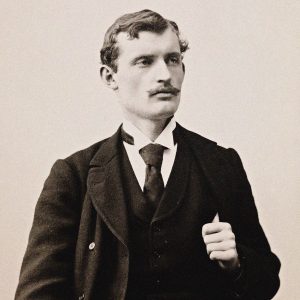
- Edvard Munch (1863-1937) was a famous Norwegian painter and one of the most prominent pioneers of modern art.
- He had a great influence on expressionism and symbolism in art.
- One of his most important achievements in the field of painting is his development of the style of impressionism and expressionism in his art.
Among his most important paintings:
- “The Scream” (1893): It is considered one of his most famous paintings and depicts a person screaming in a scene that reflects despair and anxiety.
- "The Blue Period" (1893-1895): A series of paintings reflecting a state of depression and isolation.
- “The Pink Period” (1894-1895): Another series of paintings that reflects an atmosphere of romance and beauty.
6- Vincent Van Gogh
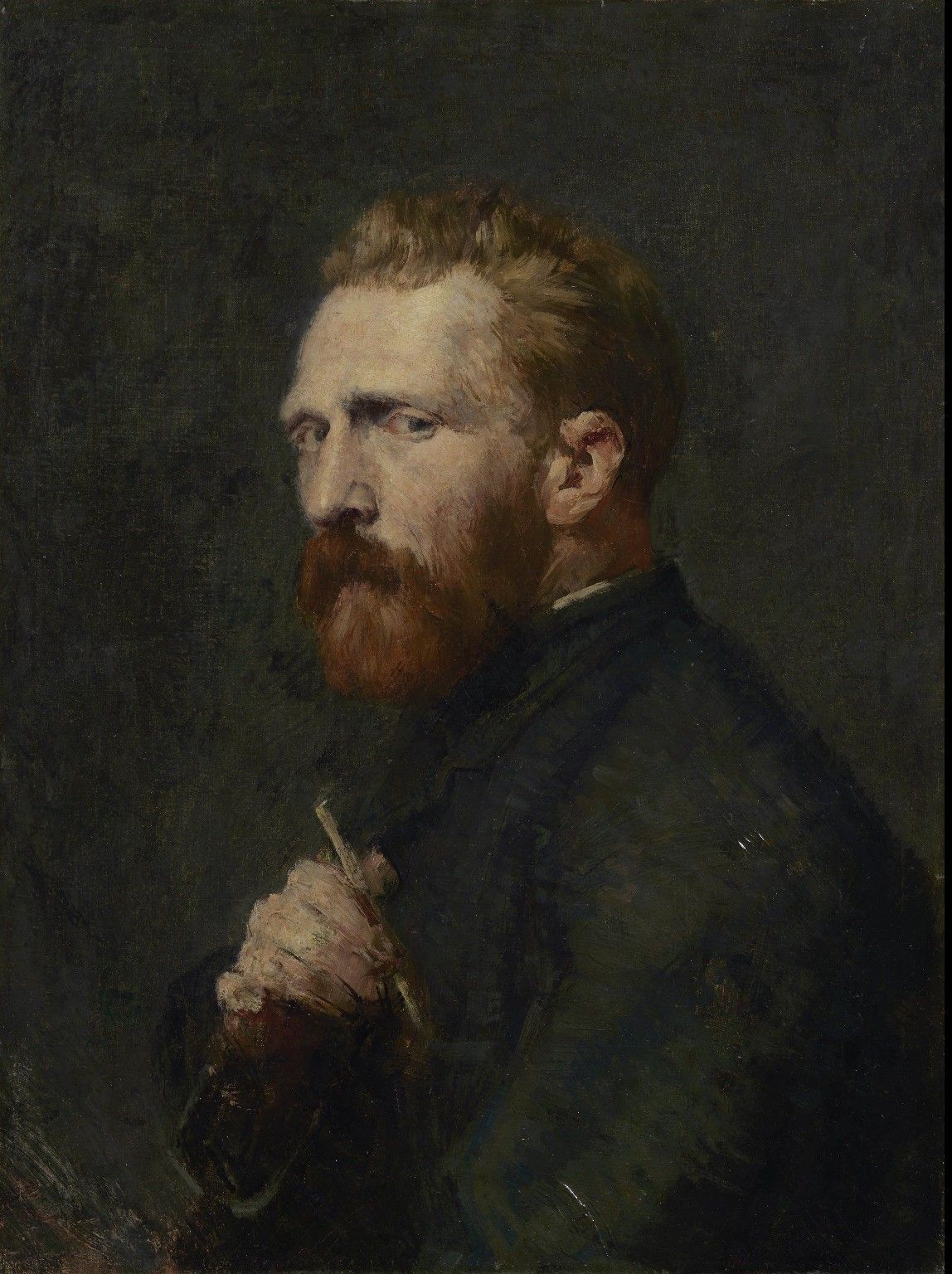
- Vincent van Gogh (1853-1890) was a famous Dutch painter and one of the most prominent artists in the history of modern art.
- He was famous for his unique and expressive style, which influenced Expressionist and Impressionist art. He had a huge influence on contemporary art.
- One of his most important achievements in the field of painting is his development of the style of impressionism and expressionism in his art and his innovative use of colors to express emotions and feelings.
- He painted more than 2,000 paintings during his short life.
Among his most important paintings:
- “The Starry Night” (1889): It is considered one of his most famous paintings and depicts a peaceful night with a sky full of stars.
- “Genius” (1889): This painting depicts dead nature in an expressive and innovative style.
- “Wheat Field with a Crow” (1890): A nature painting depicted in an expressive style that reflects a state of sadness and loneliness.
7- Frida Kahlo
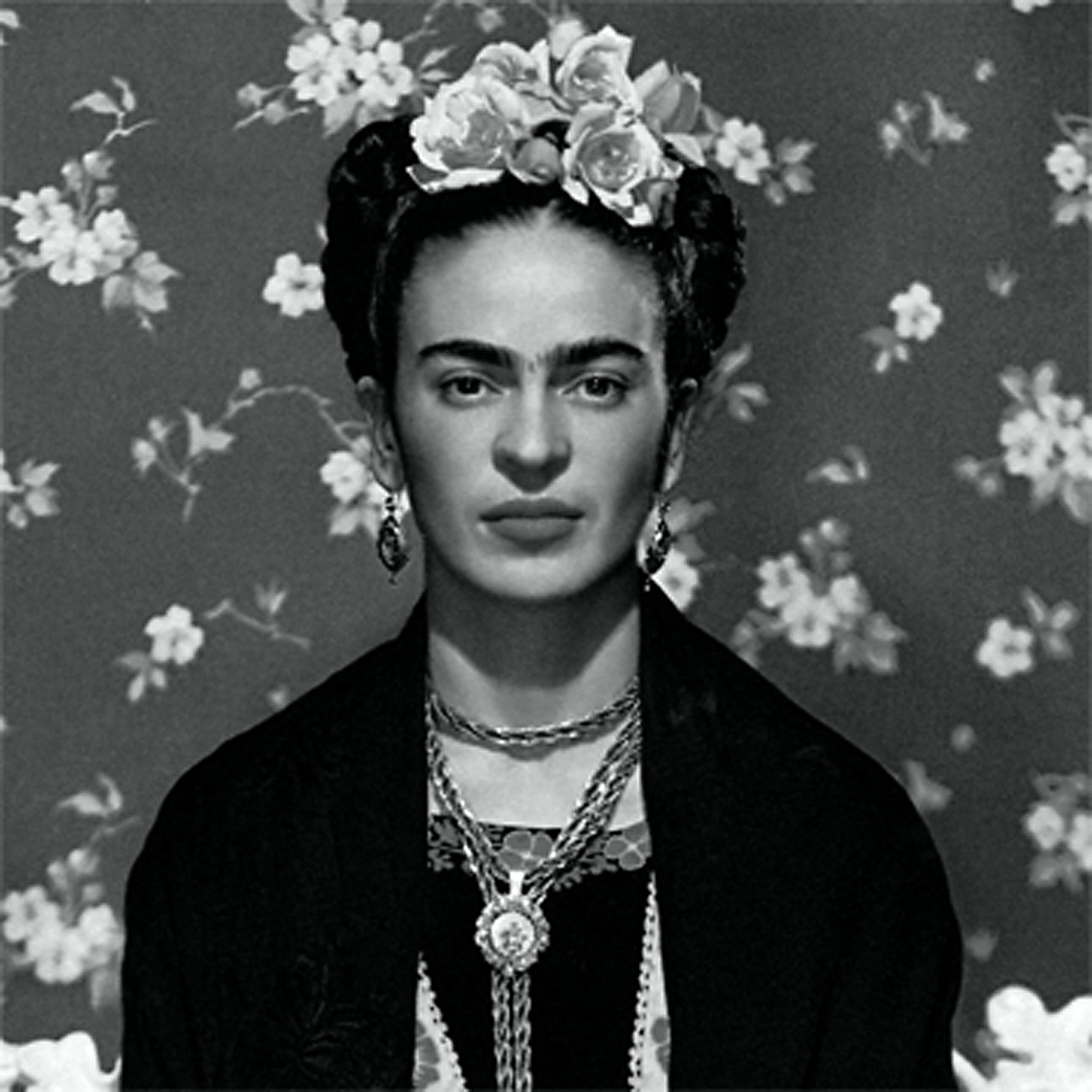
- Frida Kahlo (1907-1954) was a world-famous Mexican artist.
- She is known for her unique and complex artistic style that reflects Mexican culture and identity.
- She was considered an icon of feminist art and self-expression.
- She developed a unique artistic style that combined realism and expressionism, and used bright colors and Mexican symbols in her works.
- She expressed issues of identity, gender, and pain through her artwork.
Among her most important paintings:
- “Psychology of Women” (1940): This painting depicts a group of women in a complex style that reflects the psychological and social conflicts they face.
- "Self-Portrait with Thorn Necklace and Hummingbird" (1940): A self-portrait depicting Frida Kahlo surrounded by traditional Mexican crowns, an expression of identity and culture.
- “The Skull” (1949): A painting that reflects Mexican culture and tradition by depicting a skull in a complex artistic style.
8- Salvador Dali
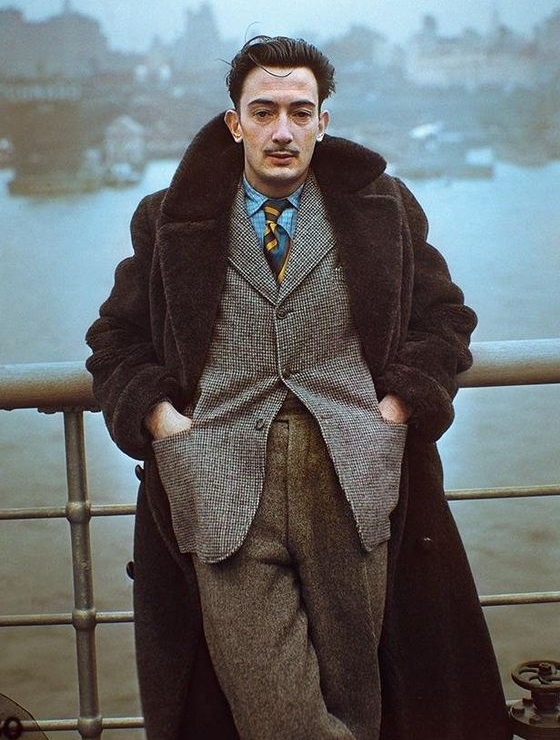
- Salvador Dali (1904-1989) was a Spanish artist famous for his unique and innovative artistic style.
- He was considered a pioneer of the Surrealism movement, and is known for his artwork that combines realism, expressionism, and symbolism.
- He developed a unique artistic style based on the use of strange and innovative symbols and visions. He also made significant contributions to the fields of painting, sculpture, film, and literature.
Among his most important paintings:
- “The Burning Giraffe” (1936): A painting depicting a long giraffe on fire, which is considered a symbol of strength and creativity.
- “The Persistence of Memory” (1931): A painting depicting clocks melting and expanding. It is considered a symbol of the fading of time and the fading of realism.
- "The Horseman of Death" (1935): A painting depicting a horrific scene that expresses fear, death, and transformation.
9- Henry Fuseli
_(1741-1825)_-_(MeisterDrucke-683771706532585.jpg)
- Henri Fuseli (1741-1825) was a Swiss painter famous for his romantic and dramatic artwork.
- Known for his depictions of mysterious, macabre and romantic scenes, Fuseli had a major influence on Romantic and Symbolist art.
- He adopted a unique artistic style that relies on the dramatic use of lighting and shadows to achieve interesting and exciting effects.
Among his most important paintings:
- “Night Visions” (1798): A painting depicting a dramatic and horrific scene of a sleeping person experiencing nightmares and frightening visions.
- “Death and the Girl” (1817-1819): A painting depicting a tragic scene that expresses life, death, and love.
- “Midnight” (1780): A painting that dramatizes a dark and horrific nighttime scene.
10- Rembrandt van Rijn
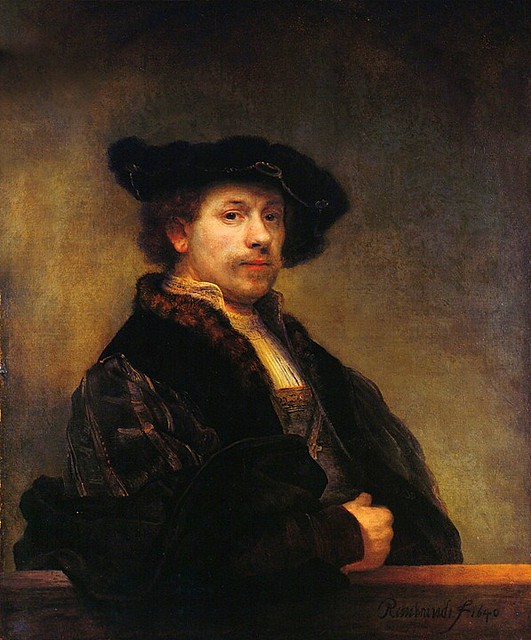
- Rembrandt van Rijn (1606-1669) was a Dutch painter and engraver, one of the most prominent artists of the Dutch Golden Age.
- He had a huge influence on Western art and is considered one of the greatest painters of European art.
- He was distinguished by his use of light and shadows to achieve dramatic and emotional effects in his paintings and his ability to depict people and everyday scenes in a realistic and poignant way.
Among his most important paintings:
- “The Anatomy Lesson of Dr. Tulp” (1632): A painting depicting an anatomical session and considered one of his most important works.
- “The Night Watch” (1642): A painting that depicts a dark night scene in an exciting and dramatic way.
- “The Return of the Prodigal Son” (1668): A painting depicting a poignant religious scene expressing mercy and repentance.
Read more: The 10 Best Ways to Increase Student Engagement in the Classroom
The influence of these great inventors and painters is not limited only to their lifetime but transcends time to remain etched in the history of art forever. Their artistic legacy and innovations left an unforgettable mark on the world of art and contributed to its development.
You can visit Schoolizer to learn more about art, drawing, and all fields of education to be the best teacher in 2024!
Read more: The Full Guide to Assessment in the Teaching and Learning Process






